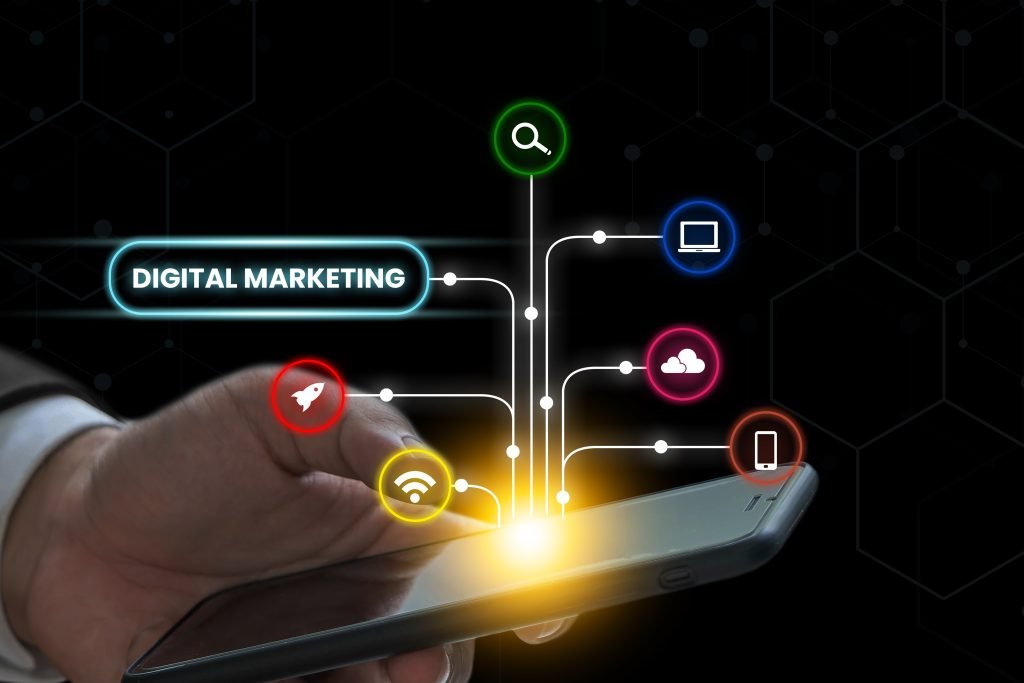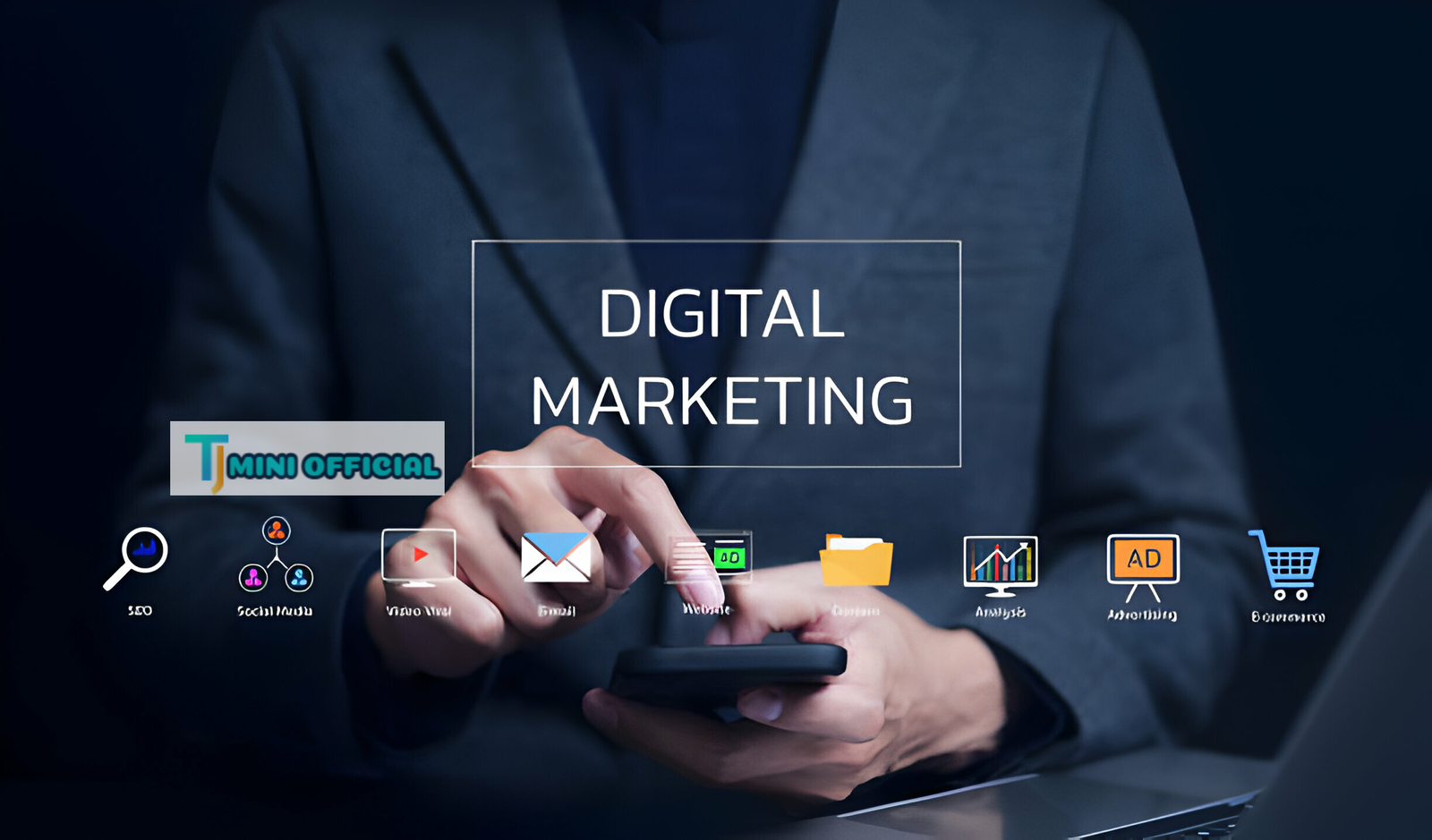Email marketing remains one of the most powerful tools in a marketer’s arsenal. When executed effectively, it can drive significant engagement, generate leads, and enhance customer loyalty. However, achieving optimal results requires more than just sending out emails. To truly boost engagement, you must focus on key strategies and tools that elevate your campaigns. In this article, we’ll explore how to optimize your email marketing campaigns by implementing email marketing best practices, leveraging the right email marketing platform, and understanding why email marketing is effective.
1. Understanding Why Email Marketing Is Effective
Before diving into optimization strategies, it’s important to recognize why email marketing is effective. Email provides a direct line of communication to your audience, allowing you to reach them in a personalized and timely manner. With a high return on investment (ROI), email marketing is a cost-effective way to engage with customers, build relationships, and drive conversions. Unlike social media, where algorithms determine visibility, email ensures that your message lands directly in the inbox of your target audience.
Moreover, email marketing allows for segmentation and personalization, enabling you to tailor content to specific audience segments. This level of customization makes your campaigns more relevant and engaging, increasing the likelihood of customer interaction. Additionally, email marketing is measurable, providing detailed analytics on open rates, click-through rates, and conversions, allowing you to refine your strategies continuously.
2. Implementing Email Marketing Best Practices
To maximize the effectiveness of your campaigns, it’s crucial to adhere to email marketing best practices. These practices ensure that your emails not only reach the intended recipients but also resonate with them.
- Segment Your Audience: Divide your email list into segments based on demographics, behavior, or purchasing history. This allows you to send targeted messages that are more likely to engage specific groups of customers.
- Personalize Content: Use the recipient’s name, location, or previous interactions to personalize the email. Personalized emails have been shown to increase engagement rates significantly.
- Craft Compelling Subject Lines: The subject line is the first thing recipients see, and it greatly influences whether they open the email. Keep subject lines concise, compelling, and relevant to the content of the email.
- Focus on Mobile Optimization: With a large percentage of emails being opened on mobile devices, it’s vital to ensure that your emails are mobile-friendly. This includes using responsive design, concise copy, and clear calls-to-action (CTAs) that are easy to tap on.
- Test and Analyze: A/B testing different elements of your emails—such as subject lines, images, and CTAs—can provide valuable insights into what works best for your audience. Use analytics to monitor performance and adjust your strategy accordingly.
3. Choosing the Right Email Marketing Platform
The success of your email campaigns also depends heavily on the email marketing platform you choose. An effective platform should offer robust features that support your marketing goals, such as automation, segmentation, analytics, and integration with other tools.
- Automation Features: Look for a platform that offers automation capabilities, such as drip campaigns, triggered emails, and personalized sequences. Automation allows you to deliver the right message at the right time, enhancing engagement without requiring constant manual intervention.
- Analytics and Reporting: Choose a platform that provides detailed analytics and reporting features. This data is crucial for measuring the success of your campaigns and making informed decisions for future emails.
- Integration Capabilities: Ensure that your email marketing platform can integrate seamlessly with your Customer Relationship Management (CRM) system, e-commerce platform, and other marketing tools. Integration helps you create a unified marketing strategy and allows for better data management.
- User-Friendly Interface: A platform with an intuitive interface will save you time and reduce the learning curve for your team. Look for drag-and-drop editors, customizable templates, and easy-to-use segmentation tools.
Some popular email marketing platforms that meet these criteria include Mailchimp, HubSpot, and ActiveCampaign. These platforms offer a range of features designed to optimize your email marketing efforts and enhance engagement.
4. Engaging Content and Design
The content and design of your emails play a crucial role in capturing and maintaining the attention of your audience. To boost engagement, focus on creating content that is valuable, relevant, and visually appealing.
- Valuable Content: Ensure that your emails provide value to the recipient, whether it’s through informative content, exclusive offers, or insights related to their interests. The more value you provide, the more likely recipients are to engage with your emails.
- Clear and Compelling CTAs: Your emails should have a clear purpose, and this should be reflected in your call-to-action. Whether it’s encouraging recipients to visit your website, download a resource, or make a purchase, the CTA should be prominent and compelling.
- Visual Appeal: Incorporate high-quality images, videos, and graphics that align with your brand. A well-designed email is more likely to capture attention and encourage interaction. However, balance is key—avoid cluttering your email with too many visuals, as this can overwhelm the reader.
Conclusion
Optimizing your email marketing campaigns is essential for boosting engagement and driving success. By understanding why email marketing is effective, implementing email marketing best practices, and choosing the right email marketing platform, you can create campaigns that resonate with your audience and achieve your marketing goals. Remember to continuously test, analyze, and refine your strategies to stay ahead in the ever-evolving landscape of email marketing. By doing so, you’ll not only enhance engagement but also build stronger relationships with your customers, leading to increased loyalty and conversions.



